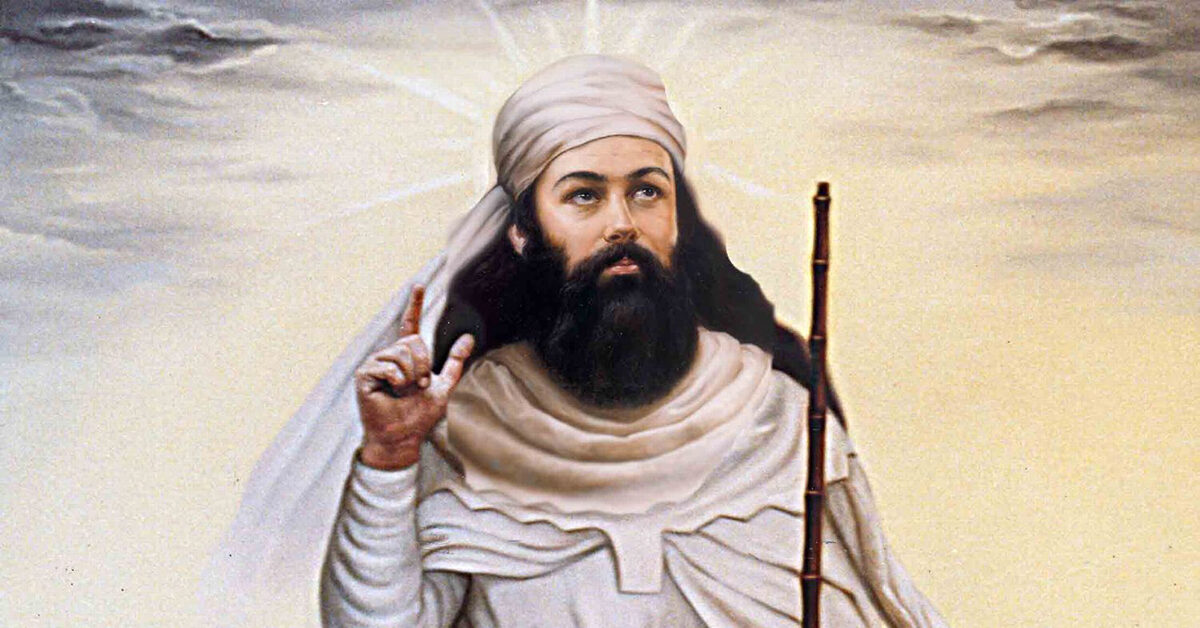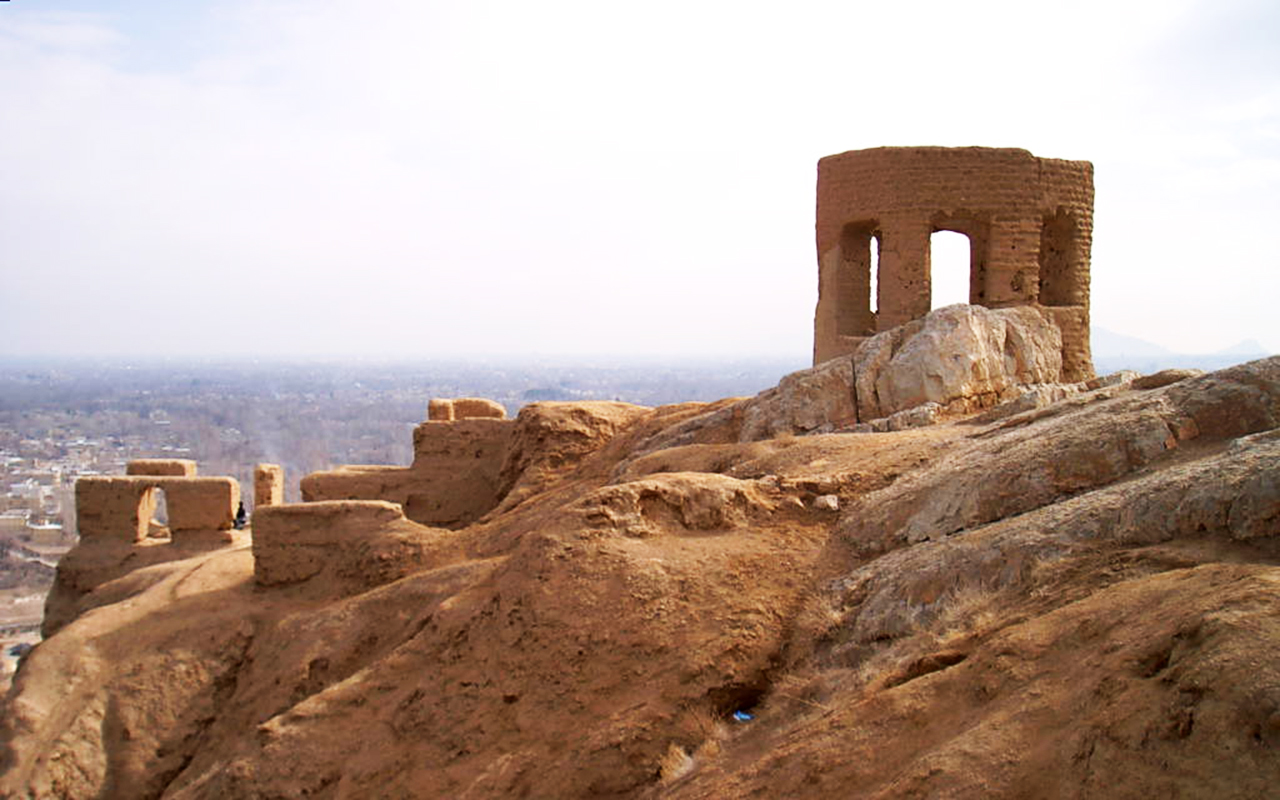The Avestan Language and Script
The Avesta is the bible and prayer-book of the Zarathushtrian (Zoroastrian in the West) religion.
It is the oldest Iranian writing. The exact time of its creation is not known.
However, its roots are considered to go back to the second millennium BC. Zarathushtra (or Zoroaster ), the prophet of this religion, emerged from a corner of Iran to preach a new gospel.
One that was destined to encompass Iranian spirituality for over a thousand years.

Today the followers of Zarathushtrianism are around hundred thousand people living mostly in India, Iran and in North America.
The Zarathushtrian religion remained the main religion in Iran until the seventh century AD when it came to an end with the Arab invasion and the spread of Islam.
There are many sites dedicated to providing valuable information about the Zarathushtrian religion.
Please investigate this great religion which has influenced most of today’s major religions.
The form of the present day Avesta belongs to the Sassanian period.
The scattered texts were collected under successive Sassanian kings, until completion under Shahpur II (309-379 AD) by his prime minister, Aturpát Máraspand.
The Language of the Avesta
The Avestan language belongs to the Indo-Iranian branch of the Indo-European family of languages.

With the Old Persian it makes up the Old Iranian division.
The later tongues such as Modern Persian, Kurdish, Baluchi, etc. complete the younger group. The intervening group contains Pahlavi which is also appropriately called, Middle Persian.
The Avesta is written in what is recognized to be two separate dialects:
- The Gatha dialect
- The classical dialect
The more archaic of the two is the former.
The latter is the language of majority of the texts. The Gatha dialect belonged to the speech of Zarathustra himself.
Avestan is closely related to Sanskrit, though individually quite distinct from the latter.
One could find a Sanskrit equivalent for almost any Avestan word.
The Avestan alphabet
The characters with which Avesta is written are derived from the Sassanian Pahlavi script.
Therefore the Avestan alphabet is far younger than the language it characterizes.
The writing is read from right to left.
In Pahlavi the Avestan script is called “Din Dapirih” and in Modern Persian it is known as “Din Dabireh” which literally mean - religious script.
The alphabet is phonetic and made specifically for inscribing the sounds of Avestan.
It is very simple to learn.
There are 14 vowels and 33 consonants in the alphabet.
Check out the alphabet and its transliteration.
